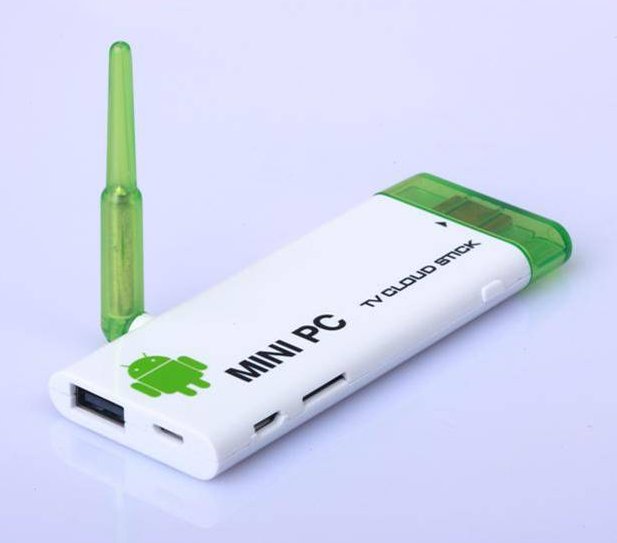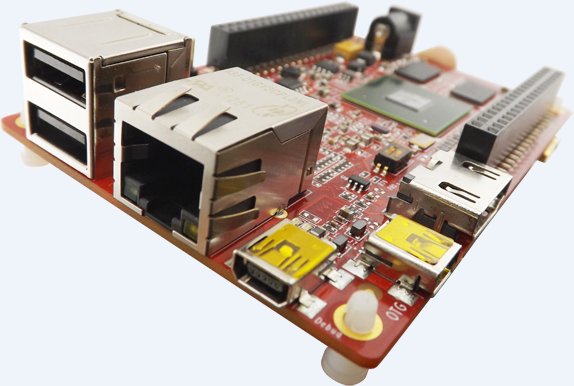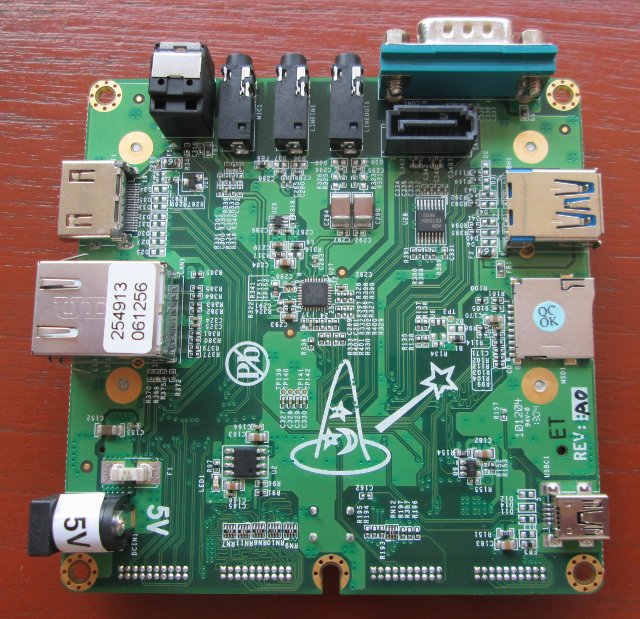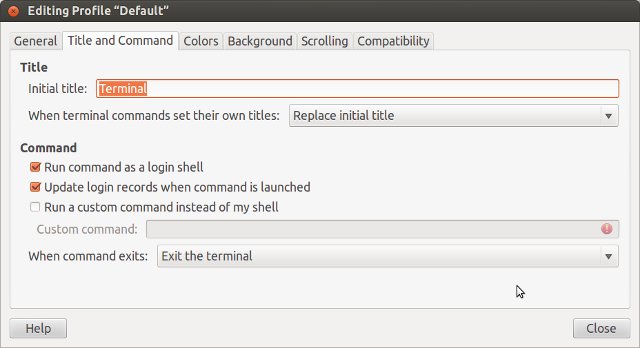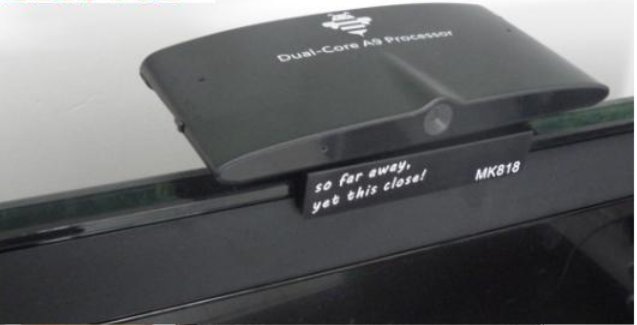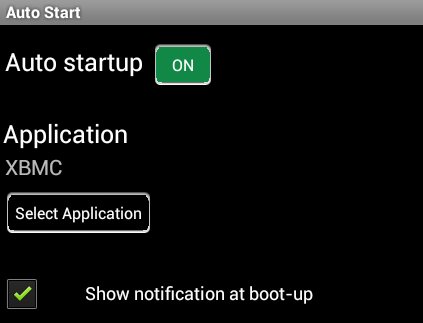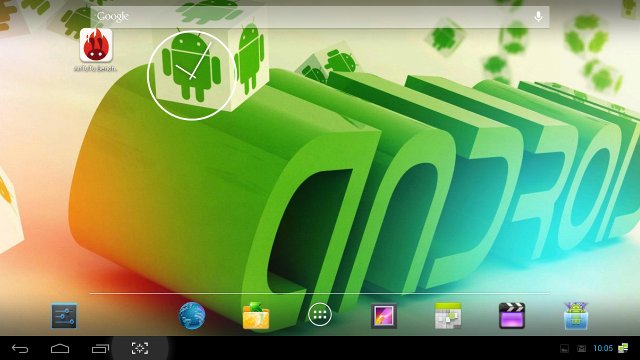Several mini PCs have been claimed to come with 2GB RAM (e.g. S21H, MK812), but it turned out the sellers simply made a mistake, or possibly lied to sell a few more sticks. To date, the only HDMI TV dongle which you can buy and expect it to really come with 2GB RAM is the PQ Labs iStick A200, but we’ve now got another option with the CX-803 II (aka CX-803B or FX5) powered by Rockchip RK3066 with 2GB RAM, 8GB flash and a short external antenna. If the picture below looks similar, it’s because it’s an upgrade of CX-803 / AVS-TV603 with more RAM, more flash and built-in Bluetooth. Here are CX-803 II specifications: SoC – Rockchip RK3066 @ 1.6 GHz + Mali-400 MP4 GPU System Memory – 2GB DDR3 RAM Storage – 8GB NAND flash + micro SD slot (up to 32GB) Video Output – HDMI 1.4 Connectivity: […]
$25 Expansion Board for the Raspberry Pi
There are already several expansion boards for the Raspberry Pi such as the Gertboard or RaspiComm, but none of them originated from China. Onebir spotted a new expansion board from a Chinese supplier on Aliexpress that’s available for $25 including shipping. There’s no description on the seller website, the seller provided us some details in Chinese. With Google translate help, the key features of the board(s) can be summarized as follows: 3.3V / 5V SPI interface 3.3V / 5V I2C interface Opto-isolator for GPIOs supporting 8-channel 50V/600mA to control motors, drive LEDs, etc… Power LED (The pictures are crap, but I can’t see any LEDs on the boards) External power fuse to protect the expansion board and the Raspberry Pi. The features in Chinese are shown below in case something was lost in translation: 1.全尺寸完美兼容树莓派, 2.将3.3V的SPI接口转换为通用的5V SPI接口(并且可以通过P13跳线切换回3.3V) 3.将3.3V的I2C接口转换为通用的5V I2C接口(并且可以通过P13跳线切换回3.3V) 4.GPIO放弃光耦隔离方式,采用芯片驱动,支持8路50V、600mA的高电压大电流驱动,意味着可以直接连接舵机,驱动LED等等(要做小车,机器人,智能家居,远程控制的必备哟) 芯片采用插座方式, 不小心烧坏以后方便更换 5.增加LED电源灯 6.外接电源使用保险丝,更好的保护你的扩展板和树莓派 I’m not even sure this “expansion […]
$99 MarS Board Features Freescale i.MX6 Dual, 4GB eMMC
Embest, a subsidiary of Element14, has just announced the MarS Board, a development board powered by Freescale i.MX6 Dual (2x Cortex A9) with 1 GB RAM and 4GB eMMC flash. This is not related to the Marsboard based on AllWinner A10, and designed & manufactured by another company. Here are the key features of the MarS Board: SoC – Freescale i.MX6 Dual 2xCortex-A9 Processor @ 1GHz + Vivante GC2000 GPU. System Memory – 1GB RAM (4*256MB DDR3 SDRAM) Storage – 4GB eMMC + micro SD card slot (up to 32GByte) Video Output – 1xHDMI interface, 1x LVDS interface and 1x LCD interface USB – 4x USB Host ports (2x USB connector, 2x via headers), 1x mini USB OTG port, and 1x mini USB for debug Connectivity – 10/100M/1Gbps RJ45 Ethernet interface 2 Expansion Hearders – 2x CAN, 2x IIC, Audio & SPDIF, 8bit IPU1(Camera), SPI, USDHC1(SD card), 4x UART, 2x […]
Wandboard Releases Updated Android and Ubuntu Linux Images and Source Code
Since I’ve received my previous short review of the Wandboard Dual development board, there has been more work on done the platform with new Android and Ubuntu images, Jelly Bean source, Linux SDK release, and git repo setup. I’ve tried the binary images, and had a quick look at the source code and corresponding documentation. Android 4.1.2 Image and Source Code Wanboard has release an improved Android image on the 14th of March which you can download for both Solo and Dual version of the development board with the following Changelog: Fix HDMI audio/playback issue with certain monitor. Add support for wifi on wandboard-dual. Known issue: Might need to turn off “Avoid poor connections” in Wi-Fi ->Advanced to keep connection alive. I’ve given it a try in Wandboard Dual, and it seems Ethernet support is gone (Sorry my mistake, Ethernet IS working, but there’s no indication when it’s connected, and […]
Undistract-me Sends An Alert For Time-Consuming Commands in Linux
In Linux, some commands executed in the terminal such as make, wget, dd may take a while, so usually you’d just let them run in the background, and do some other work, drink tea, go for nap… while they are running, and come to check from time to time if the command has completed. Sometimes I even forget I run a particular command, and realize it has completed a few hours ago… It’s possible to add some command at the end of your command line, but it can be cumbersome, and you may forget to do it. The best would be automatic alerts for commands that take a long time, and undistract-me just takes care of that by sending an alert for commands that take more than 10 seconds (by default). In Ubuntu 12.04 and 12.10, you can install undistract-me as follows:
|
1 2 3 |
sudo add-apt-repository ppa:undistract-me-packagers/daily sudo apt-get update sudo apt-get install undistract-me |
Undistract-me is part of Ubuntu 13.04 or […]
$80 MK818 / MK818B Android Set-top Box Sits on Top of Your TV
There are already a few set-top boxes that are designed to be placed on top of a television such as Archos Connect TV. Those usually come with a webcam, which makes them ideal for video conference, and much more convenient than mini PCs with a webcam such as Measy U2C or B12. GeekBuying is now offering such device with the MK818B (aka MK818) powered by RockChip RK3066 with 1 GB RAM, 8 GB Flash, and a 0.3 MP front camera for $84.99. They could probably have done without the “so far away, yet this close!” marking at the front of the device… MK818B has the following specifications: SoC – Rockchip RK3066 Dual Core Cortex A9 @ 1.6 GHz + Mali-400MP4 GPU System Memory – 1GB DDR3 Storage – 8GB NAND Flash + SD Card slot (Up to 32GB) + micro SD Card slot (Up to 32GB) Camera – Built-in front […]
How to Autostart XBMC in Android
Android is great thanks to its versatility and the ability to install the apps you need. However, if you have an Android set-top box or mini PC connected to your TV, you may just want to use it as a media player running XBMC, and clicking on the XBMC icon each time you start your device is not ideal. Luckily, there’s an easy solution to autostart XBMC or any application in Android: Install AutoStart – No root in your Android device. Run the application and select XBMC as shown below. There’s no need to tick “Show notification at boot-up”, since XBMC will just show in the foreground. Done! Next time you restart your device XBMC will run automatically. I’ve tried it in Tronsmart Prometheus, and it boots to XBMC within 50 seconds. If you want to use another app in Android, simply exit XBMC. Jean-Luc Aufranc (CNXSoft)Jean-Luc started CNX Software […]
Updated Review of Tronsmart Prometheus with Android 4.2 and XBMC
Earlier this month, a new firmware for Tronsmart Prometheus with Android 4.2 and XBMC with hardware acceleration has been released. Several users left divergent opinions about this firmware, so I’ve decided to give it a try, and write an updated review of Tronsmart Prometheus. I’ll focus on the new features and performance of Android 4.2, XBMC video testing, and see if some of the bugs I found in my earlier review have been fixed. Android 4.2 Features and Benchmarks The firmware file and instructions are available on Tronsmart website. The procedure is straight forward so I won’t repeat it here. During the first boot after the upgrade, you’ll be taken through a wizard to configure your device (e.g. Ethernet, WiFi,…). The first think you’ll notice is a slightly different Home Screen in Android 4.2. There are several small UI improvements / modifications, but the most interesting features for me in […]


